Outstanding Research Earns Kudos for SIAM Community
June 21, 2011
The annual elections of new members of the U.S. National Academies of Engineering and Sciences almost always direct a spotlight on important contributions by members of the SIAM community, and this year is no exception. SIAM members, some in math or computer science departments, or both, others identified with a variety of science and engineering disciplines, in industry and academia, are among those honored this year. Several on the lists are familiar to the SIAM community for their memorable invited talks at SIAM meetings.
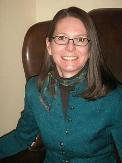 Nadine Aubry
Nadine Aubry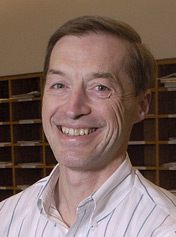 John Birge
John Birge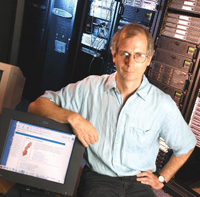 William Cook
William Cook
Among the 68 new members of NAE are Nadine Aubry of the Mechanical Engineering Department at Carnegie Mellon University, "for contributions to low-dimensional models of turbulence and microfluidic devices, and for leadership in engineering education"; John Birge, a professor of operations management at the University of Chicago, "for contributions to the theory of optimization under uncertainty"; and William Cook of Georgia Tech, "for theoretical and computational contributions to discrete optimization." Many readers of SIAM News know of Cook as a gifted speaker, in both technical and general-audience contexts; in the SIAM lecture at this year's Joint Math Meetings in New Orleans, he offered a fascinating survey of the traveling salesman problem, beginning with a tour of 47 German cities (from 1832) and culminating with his and colleagues' 2006 computation of the largest (85,900-"city") tour to date (as reported by Barry Cipra in SIAM News, April 2011, http://www.siam.org/news/news.php?id=1873). 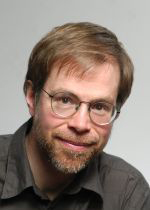 James Demmel
James Demmel Stuart Geman
Stuart Geman Parviz Moin
Parviz Moin
James Demmel of the mathematics and computer science departments at the University of California, Berkeley, Stuart Geman of the Division of Applied Mathematics at Brown University, and Parviz Moin of the Department of Mechanical Engineering at Stanford University are among the 72 members elected to the National Academy of Sciences this year.
Demmel, whose work in numerical linear algebra is motivated by and implemented on novel parallel archictectures, was one of four lecturers in last summer's first Golub Summer School. His well-received course, on communication aspects of algorithms and the importance of effective data management in linear algebra computations, was featured in SIAM News (December 2010). Demmel is the founding chief scientist of CITRIS---the Center for Information Technology Research in the Interest of Society---at Berkeley.
Stuart Geman, the James Manning Professor of Applied Mathematics at Brown, identifies his research interests as statistical analysis of neurophysiological data, of rare events in financial markets, and of natural images, along with neural representation and neural modeling. Heading the list is compositional vision, with "compositionality" explained on his accessible website as "the ability of humans to represent entities as hierarchies of reusable parts. The parts themselves are meaningful entities and are reusable in a near-infinite assortment of meaningful combinations. Compositional hierarchies can be fitted with a probability distribution and used as prior models in a Bayesian scene interpretation system."
Parviz Moin is the founding director of the Center for Turbulence Research at Stanford. His research interests include the interaction of turbulent flows and shock waves, aerodynamic noise and hydro-acoustics, aero-optics, combustion, turbulence control, large eddy simulation, and parallel computing. A member of the founding editorial board of the multidisciplinary SIAM journal Multiscale Modeling and Simulation, he went on to serve three terms.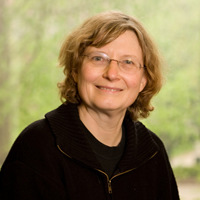 Ingrid Daubechies
Ingrid Daubechies
Also in the news this spring was Ingrid Daubechies of Duke University who, as the recipient of the 2011 Benjamin Franklin Medal in Electrical Engineering, was honored at a workshop, Theory and Applications of Wavelets, at Villanova University. Daubechies' work in wavelets needs little introduction for the SIAM community; her groundbreaking 1988 Bell Labs report, Orthonormal Bases of Compactly Supported Wavelets, and her longtime SIAM bestseller Ten Lectures in Wavelets (1992) are widely cited some twenty years after publication. Her work and its offshoots have motivated countless journal papers, conference talks, and books. This summer in Vancouver, at ICIAM 2011, she will give SIAM's 2011 John von Neumann Lecture. In the lecture, "Sparsity in Signal Analysis and in Computation," Daubechies promises to touch on "very exciting current developments" in the construction of sparse representations, in which researchers are bringing "differential geometry and topology to bear on applications in ways that would probably have surprised mathematicians of past generations."

